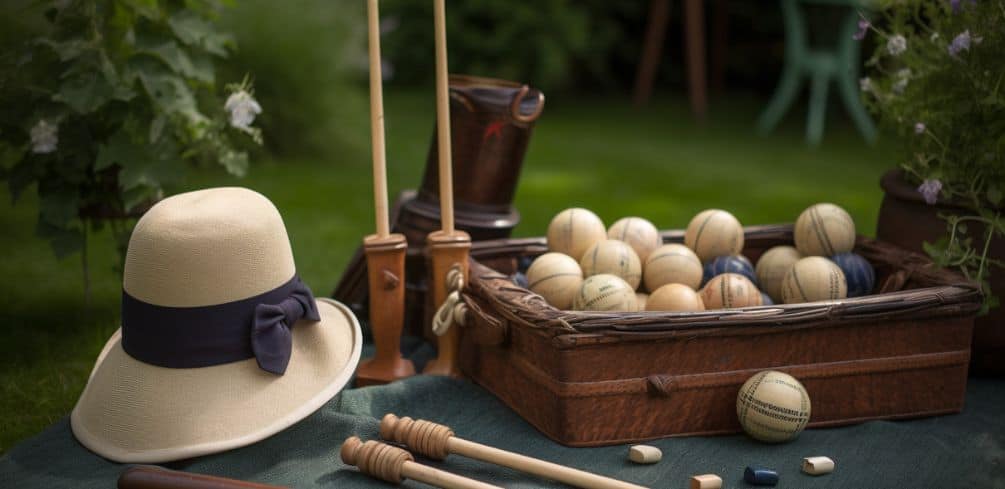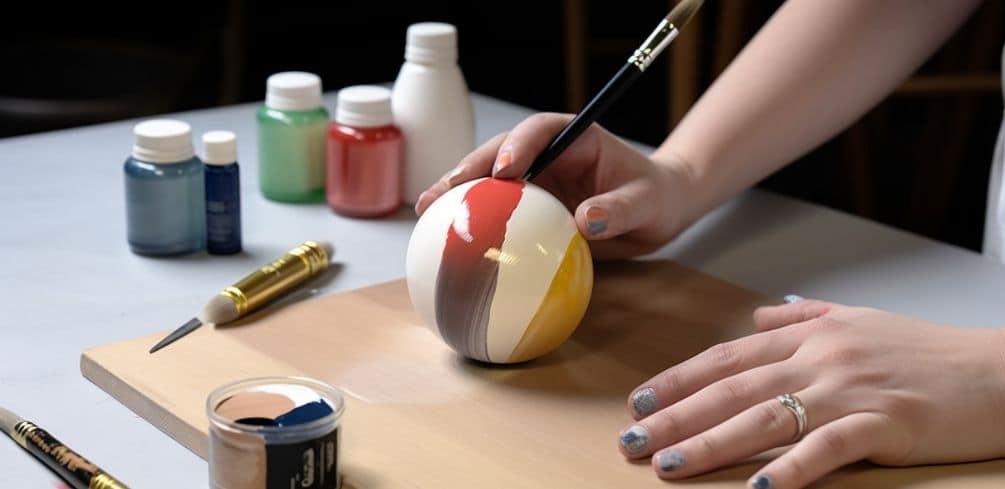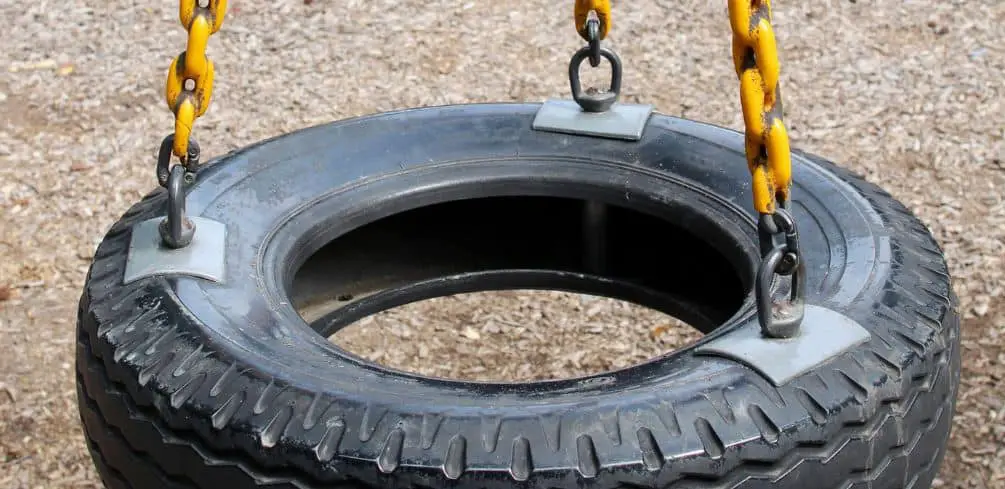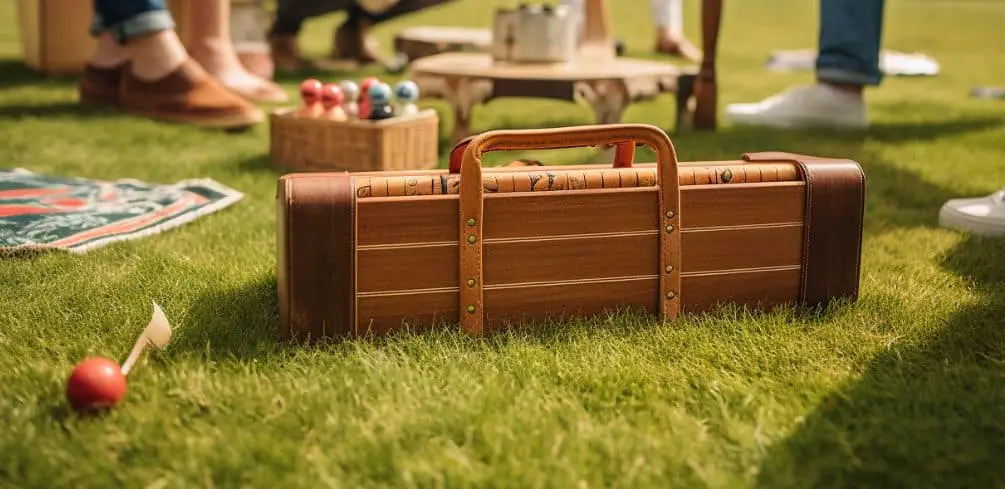Imagine conquering your backyard like a true Viking, armed with strategy, skill, and a healthy dose of competitive spirit. Welcome to the world of Kubb, or Viking Chess, an addictive yard game that combines elements of skittles and chess to create an experience that’s equal parts challenging and entertaining.
Whether you’re looking for a new pastime to dominate at family gatherings or seeking to test your strategic prowess against worthy opponents in tournaments, Kubb has something for everyone.
In this comprehensive guide on how to play Viking Chess, we’ll delve into the fascinating origins and history of the game before diving headfirst into equipment requirements, field dimensions, and layout. We’ll walk you through basic rules and turn stages while also providing winning strategies and techniques to help elevate your gameplay.
Moreover, we will explore popular variations within the Kubb community as well as offer tips on starting your own local club.
So grab your wooden blocks and prepare for battle – it’s time to immerse yourself in the captivating world of Viking Chess!
Viking Chess Origins and History
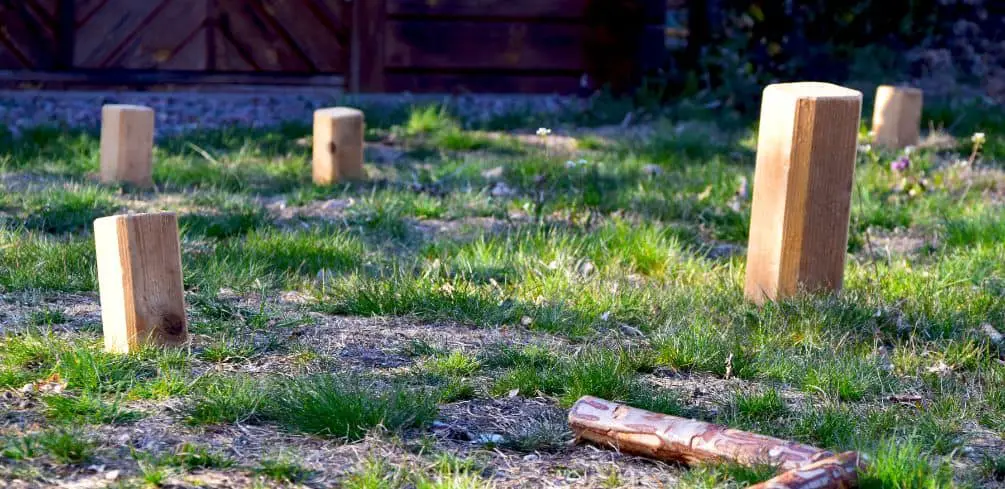
You might be wondering where this awesome game of Viking Chess came from and how it evolved over time, so let’s dive into its origins and history!
The evolutionary timeline of Kubb can be traced back to the Viking Age, with some theories suggesting that it was played by the Vikings as a pastime during their conquests. However, the first recorded mention of a similar game is in 1911, which means that its exact origin remains a mystery.
What we do know is that the modern version of Kubb gained popularity in Sweden during the 1980s when rules and equipment became standardized. Viking influences on Kubb are evident not only in its nickname ‘Viking Chess,’ but also in its strategy-based gameplay and wooden pieces reminiscent of Norse culture.
Today, Kubb, or Viking Chess, has become an international phenomenon with associations and clubs established all around the world. One key player in promoting this sport is the International Kubb Association (IKA), which aims to spread awareness about Kubb and encourage more people to enjoy this fun-filled lawn game.
Moreover, famous kubb tournaments like the World Championship held annually in Gotland, Sweden, showcase competitive play at its finest.
As for Kubb’s presence in pop culture, references to this unique yard game have been cropping up more frequently thanks to enthusiasts sharing their love for it online and through social media platforms. From backyard BBQs to team-building events at workplaces or even family reunions – you’ll find fans playing this engaging sport just about anywhere there’s enough space for a field.
As more people learn how to play Viking Chess Yard Game, its legacy continues to grow alongside an ever-expanding community of players who appreciate both its strategic depth and sheer enjoyment factor. So why not join them? Grab your set of Kubbs and start practicing your throws – who knows where your newfound passion for this ancient pastime may lead!
Equipment and Setup of Kubb
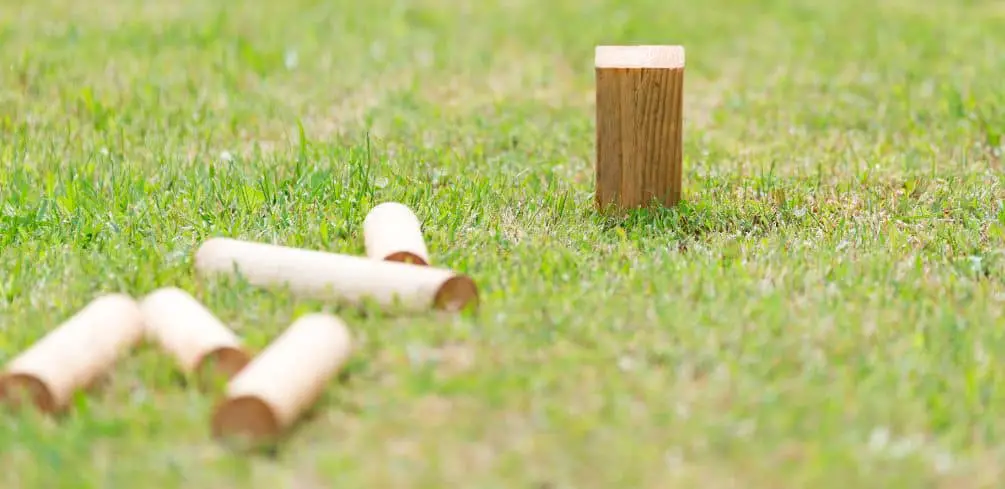
Setting up Kubb is a breeze, and with just a few simple pieces of equipment, you’ll be ready to conquer the most epic lawn battle of all time!
First, gather your minimum required equipment: six batons, ten kubbs, and one king. If you’re on a budget or feeling crafty, DIY Kubb sets are an option for creating your own game pieces. You can also experiment with different playing surfaces options like grass, sand, or even snow – as long as its level and large enough for baton throwing without causing damage.
Consider the various equipment weights when purchasing or making your set so that players of all ages can comfortably throw the batons. Choose your number of players per side – Kubb is flexible when it comes to team sizes.
Decide on optional equipment choices such as tape measure, stakes, string, or twine to mark the field dimensions.
Prepare yourself for an engaging experience that will satisfy any subconscious desire for understanding.
Now that you have everything in place and teams are formed, it’s time to set up the battlefield! Regulation Kubb field dimensions are 5 meters wide by 8 meters long but feel free to adjust based on available space or player preferences.
Use stakes and string (or other preferred marking tools) to outline the field boundaries before placing five kubbs along each baseline at equal distances apart – these will be your starting positions for each team’s kubbs. Place the king proudly in the center of the field, where it awaits its fate as both teams vie for victory!
Assemble your troops and prepare them mentally for this ancient test of skill and strategy because once those first wooden batons fly through the air – there’s no turning back! Embrace this opportunity to bond with friends new and old over a game that transcends generations while satisfying that deep-rooted need within us all: conquering challenges alongside our comrades in arms.
And remember, no matter the outcome of this legendary battle. It’s the memories and camaraderie forged during these moments that truly make playing Viking Chess is a timeless adventure.
Field Dimensions and Layout
Now let’s dive into field dimensions and layout, ensuring your Kubb battlefield is properly prepared for action! Field dimensions are crucial to the game’s balance and challenge, so it’s important to take the time to set up your playing surface correctly.
The regulation Kubb field dimensions are 5 meters wide by 8 meters long; however, you can adjust these measurements based on available space or the skill level of the players. In any case, make sure your playing surface is level and large enough for baton throwing without causing damage.
To set up the court layout, gather some measurement tools like tape measure, stakes, string, or twine. Mark out your desired field size with stakes at each corner, and use string or twine to create straight lines outlining the boundaries of your court.
Inside these boundaries, place five kubbs evenly spaced along each baseline (the shorter sides of the rectangle), with one king in its central position on the midpoint line between them.
| Measurement | Detail |
|---|---|
| Width | 5 meters (16.4 feet) |
| Length | 8 meters (26.2 feet) |
| Baseline Kubbs | 5 per side, evenly spaced |
| King Placement | Midpoint between baselines |
Surface preparation is essential for an enjoyable Kubb experience; traditionally played on grassy fields, ensure that any rocks or debris are removed before starting play. Mowing the lawn beforehand can also help maintain consistent gameplay across various surfaces like sand or dirt if necessary.
Once you’ve measured out your field dimensions and thoroughly prepped your playing surface for battle-ready conditions, it’s time to grab those kubbs and batons – let the Viking Chess games begin!
Basic Rules and Turn Stages of Viking Chess
In this section, we’ll delve into the basic rules and turn stages of Kubb, where you’ll discover that an impressive 90% of players report improved strategic thinking after mastering the game.
To start playing, first, familiarize yourself with the scoring system. Each team earns points by knocking over their opponent’s kubbs, with the ultimate goal being to knock over the king. It’s essential to avoid common mistakes such as throwing batons end-over-end or stepping out of bounds during a throw.
As a beginner, focus on honing your aim and understanding each stage of a turn: Baton Toss Stage, Kubb Tossing Stage, and Kubb Setting Stage.
To improve your gameplay quickly, consider these tips for beginners: practice your throwing technique by aiming at specific targets on the field, pay attention to how more experienced players strategize, and communicate effectively with your teammates throughout each turn.
If you’re interested in advanced techniques like ‘The Sure Shot’ or ‘Double Knockdown Elimination,’ take time to learn these strategies from seasoned players or online resources before attempting them in tournament play.
Participation in local clubs and tournaments will help refine your skills while connecting you with other enthusiasts who share your passion for Viking Chess.
As you continue developing your proficiency in Kubb, don’t be afraid to experiment with different strategies and techniques – this flexibility is part of what makes the game so enjoyable! Keep practicing and learning from both victories and losses to become a formidable opponent in any match.
Remember that success in Kubb isn’t solely about physical skill but also hinges on mental acuity and teamwork – qualities that translate well beyond the grassy fields where Viking Chess is traditionally played. Embrace this unique yard game as not only a fun pastime but also an opportunity for personal growth within an engaging community of players.
Viking Chess Winning Strategies and Techniques
Ready to up your Kubb game and outsmart your opponents with winning strategies and techniques? Mastering the art of positioning kubbs, baton control, defensive maneuvers, king protection, and offensive tactics will give you a significant edge on the field. With practice and a keen understanding of these concepts, you’ll be well on your way to becoming a formidable Kubb competitor.
Positioning kubbs is crucial for both offense and defense. When tossing kubbs back into play after they’ve been knocked down, aim for tight clusters that force your opponent to use more batons per throw. This can lead to missed shots or ricochets that knock over multiple kubbs at once, making their turn less efficient.
Baton control is essential in executing accurate throws; maintain a consistent grip and release point to improve accuracy over time. Defensive maneuvers include intentionally leaving an opponent’s field kubb standing as a barrier between your baseline kubbs and their attacking batons – this can make it more difficult for them to score direct hits on your most valuable pieces.
Additionally, prioritize king protection by avoiding risky throws that could accidentally topple the king early in the game.
Offensive tactics require strategic thinking about which targets are most advantageous to eliminate first. Generally speaking, it’s best to focus on knocking down field kubbs before attempting baseline kubbs because this will limit your opponent’s ability to retaliate effectively during their turn.
When aiming for baseline kubbs, consider targeting those farthest from the centerline first; this increases the likelihood of an advantageous repositioned field kubb during subsequent turns if needed.
And remember: patience is key! Take time plotting each move while staying alert for opportunities presented by unexpected situations – sometimes, an unconventional approach can lead you straight to victory in Viking Chess!
Popular Variations
So you’ve got the basics down, but let’s dive into some popular variations that’ll add a twist to your Kubb battles and keep everyone on their toes! These alternative rules can challenge seasoned players and inject new excitement into your games.
Just like with standard Kubb, you can mix and match these variations according to your preferences and playing surface.
- Double Knockdown: In this variation, if a player knocks down two or more kubbs with one baton throw, all the knocked-down kubbs are removed from the game. This adds an element of risk-reward strategy as players must decide whether to aim for multiple kubbs or play it safe by targeting individual ones.
- 2 4 6 Opening: Instead of each team throwing six batons per turn, teams start by throwing only two batons in the first round, then four in the second round, and finally, six in every subsequent round. This creates a dynamic opening where teams have fewer chances to knock over their opponent’s kubbs early on.
- Sure Shot: In this version of Kubb, players get a bonus turn if they successfully knock down all field kubbs without missing any throws during their turn. It rewards accuracy and consistency while also helping speed up gameplay.
- Field Dimensions & Playing Surface: Feel free to experiment with different field dimensions (such as smaller fields for younger players) or playing surfaces (like sand or snow). Changing up the environment can create unique challenges that test your skills in new ways.
Remember that these variations are meant to enhance your enjoyment of Kubb – so don’t hesitate to customize them further based on what works best for you and your group of players!
Whether it’s incorporating Double Knockdowns for high-stakes games or challenging yourselves with unusual field dimensions and playing surfaces, these options will ensure that no two Viking Chess matches are ever alike!
Starting a Local Viking Chess Club
Looking to bring Kubb enthusiasts together and amp up the fun? Starting a local club is a fantastic way to do just that! By focusing on community engagement, marketing tactics, event planning, membership benefits, and outreach strategies, you can create a thriving club that brings people of all skill levels together for some friendly competition.
Organizing regular meetups, tournaments, and social events will not only help your club grow but also foster strong connections among members.
Here’s a quick overview of some key aspects to consider when starting your local Kubb club:
| Aspect | Details |
|---|---|
| Community Engagement | Utilize social media platforms and local forums to promote your club and attract new members. |
| Marketing Tactics | Organize tournaments with different formats (e.g., singles or doubles) and social events for members. |
| Event Planning | Offer exclusive perks such as discounts on Kubb sets or priority access to special events. |
| Membership Benefits | Partner with schools, community centers, or other organizations in your area to introduce Kubb to more people |
| Outreach Strategies | Partner with schools, community centers or other organizations in your area to introduce Kubb to more people |
Now that you have an idea of what it takes to start a successful Kubb club, it’s time to get out there and make it happen.
With dedication, passion for the game, effective marketing tactics, engaging event planning skills, and enticing membership benefits like discounts on equipment or exclusive event access rights in exchange for joining fees paid by interested parties who want those privileges associated with being part of this tight-knit group – anything is possible.
Remember always prioritize creating an inclusive environment where everyone feels welcome regardless of their experience level so they too can enjoy playing Viking Chess yard game alongside fellow enthusiasts within their own communities across America today!
Conclusion
So, you’re ready to conquer the world of Viking Chess, just like a true Norse warrior. Grab your Kubb set and gather your friends for an epic battle of strategy and skill on the lawn.
Remember, practice makes perfect in this game of ancient origins. As you sharpen your techniques and develop new strategies, you’ll find yourself ruling the Kubb kingdom in no time.
Now go forth, brave player, and let the games begin!
from Best Playground Sets https://bestplaygroundsets.com/how-to-play-viking-chess-yard-game/
via Best Playground Sets
